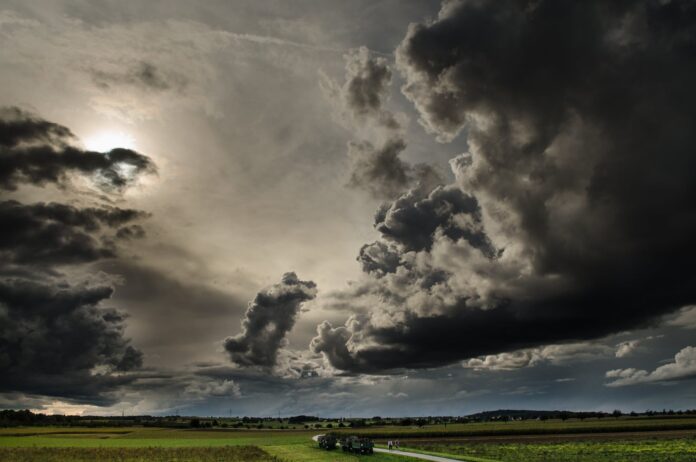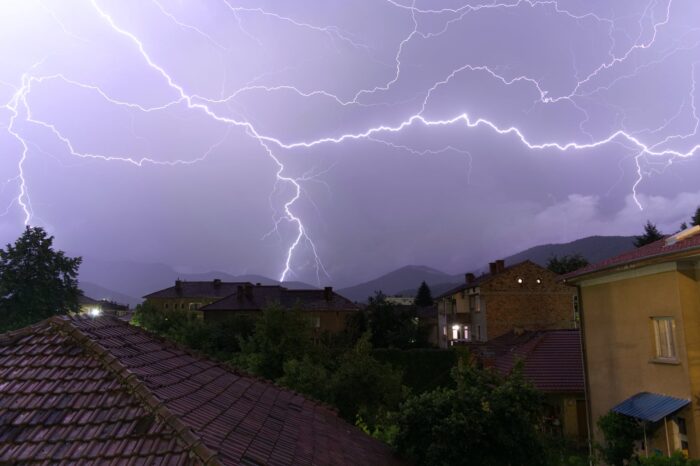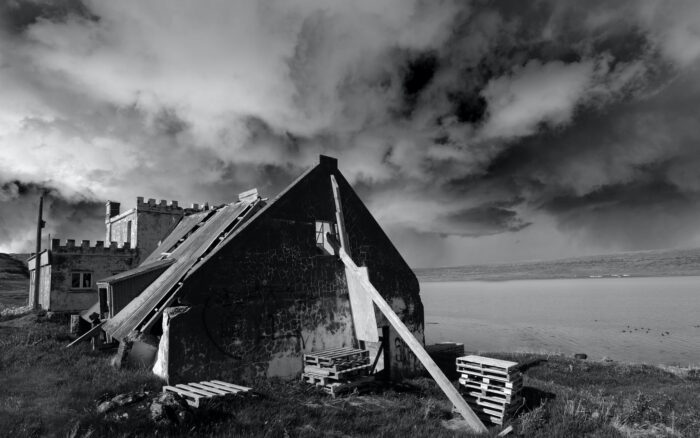
Rain, thunder, and strong winds – these are only some things that storms bring with it. Depending on how angry nature is – we can go through it painlessly. However, sometimes it is quite the opposite. Storms can often leave devastation and great material damage. How to deal with the consequences and how to clean up after a storm, find out in the text before you. We present you with 5 most important things you need to know when cleaning up after a storm.
Storms

Since the warmer part of the year is ahead of us, the conditions for the appearance of strong convective (ascending) currents will be realized in the atmosphere very soon. Therefore, the primary conditions for the appearance of thunderstorms in the troposphere and storms and showers will appear. The initial stage of a storm involves raising warm, moisture-rich air to higher layers of the atmosphere.
At the same time, the air cools, condenses – and later, the ascending currents become strong enough to sublimate it. When the storm reaches the stage of ‘maturity’ – rain (or ice) particles begin to fall to the ground. The heavier the rain or hail, the more intense this process is, – and the greater the risks are to people and property. Then, when the storm reaches the maximum of its development, its weakening begins.
Consequences Of The Storms
After strong storms, the consequences inevitably remain. The most important thing is that there are no victims – and the most in trouble are farmers. The damage to yields is great – and the question is actually how much more trouble can unstable stormy weather bring. Also, grey clouds bring rain with it. Heavy rain can also endanger the lives and property of people. It often happens that a strong stormy wind carries with it trees and even the roofs of houses. This brings with it great material damage to cars, houses – and often involves numerous injuries to people.
Floods are an almost regular occurrence after heavy rains – and with that come other dangers such as landslides, house collapse, and even the possibility of contamination and infection. Therefore, it is not surprising that the inhabitants of endangered areas are in fear of their properties and the possibility of worsening weather.
5 Ways To Solve The Damage After A Storm

The storm passed and left great damage behind. Fortunately, you and your family are safe – but your home has been damaged. What to do now, and what steps to take? Where exactly is it best to start when cleaning up the mess left by the storm?
1. Wait For The Daylight
If the storm has done great damage to your house as well as inside your home – we are sure you want to get in as soon as possible and investigate the situation. Still, for that, you need daylight conditions. This is especially true when power outages have occurred. By no means enter the house in the dark, but only in daylight. The light will help you see better and thus avoid potential dangers.
2. Clean The Landscape And Remove Trees

Before you go out to fix all the clutter and look at the damage the storm has done – check to see if there are any damaged power lines or trees leaning against them. Such a situation is potentially dangerous, so make sure to call a professional for help. If there is any remaining snow or ice after the storm – wait for it to melt to properly assess the situation. When we talk about trees – they can always pose a security risk.
According to findlocaltreeservice.com, this is especially true of older trees that have rotted in some parts. Look for signs of danger, and if you can’t do it yourself, professionals will do it for you. Such trees or rotten branches must be removed. When it comes to fallen leaves – it can be composted and used as a fertilizer for the soil.
3. Check Your Gas Installations And Electricity
This is one of the significant items in the checking and cleaning up after a storm. If you smell any gas, do not turn on lights, matches – or anything else that could cause a spark. Leave the premises and immediately inform the competent gas company about the problem.
They will come to fix this problem on the spot in a safe way. The same rule applies when it comes to electrical installations. If you notice that water has penetrated the house and affected the electrical installations – make sure to disconnect them from the main power source. Never turn on appliances or touch places where water has come into contact with electricity.
4. Assess The Damage Inside Your Home

Look both the outside and inside your house. Pay attention to things such as windows and doors, facades – but also check the damage to the roof. Of course, water damage is very common in these situations. Therefore, check the interior of your home. If your home has been exposed to flooding, then you will most likely have water damage. This involves various damages – from damaged appliances to the appearance of mold on the walls. When it comes to electrical appliances – do not turn them on before drying them well.
Even after that, check them one by one to make sure they are correct – so you don’t accidentally overload the electric circuits. When it comes to mold – if a smaller area is affected, you can clean it yourself. However, in case of a major flood, the mold spreads quickly – so you will probably need the help of professional service like mold inspection Denver to find and remove the mold properly.
5. Perform Inspection And Take Photographs
It is very important that in the conditions after the storm that left a mess and damage – you are adequately protected. This means wearing gloves, waterproof boots, and a helmet in case pieces of mortar fall off the ceiling. Be very careful when it comes to water. Pay special attention to standing water that could pose a danger if it has submerged underground or downed power lines.
If you notice this phenomenon – make sure you call experts who will solve this problem. Also, we assume that you, like any conscientious owner – have insured the house. In that case, take a photo with your camera or phone. Take a photo of everything that can be the basis for charging an insurance policy. Try to show every damage that storm has made – which can be covered by the insurance company.








